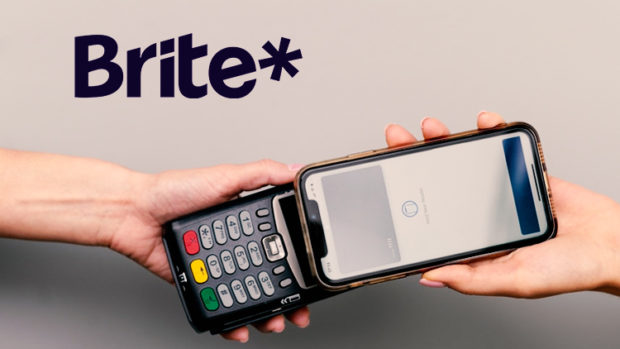
Almost half (48 per cent) of British consumers say that they shop online outside their domestic market because it is cheaper than shopping locally, reveals a new survey of 9,000 global consumers commissioned by Global-e and carried out by Censuswide.
The survey of cross-border eCommerce shoppers across nine markets, reveals the UK (25 per cent) is the third most popular market for global consumers to make an international purchase from, behind the US (46 per cent) and China (42 per cent). Meanwhile, among UK shoppers, China (57 per cent) and the US (47 per cent) are the most popular markets for cross-border shopping, followed by Germany (11 per cent), Spain (10 per cent) and France (9 per cent).
Affordability was the top reason driving Brits to shop online internationally, slightly higher than the global average (47 per cent). For UK respondents, this is closely followed by the brand having a wide variety of products (33 per cent) and offering low shipping costs (28 per cent). In contrast, expensive shipping (59 per cent) and a lengthy or costly delivery time (43 per cent) are the top reasons for Brits to abandon a cart when shopping internationally.
Shoppers prefer D2C and are influenced by social media
As the busy retail peak shopping period takes hold, retailers looking to maximise their profits this quarter can expect consumers to look online for the best deals. The survey also revealed that 62 per cent of British respondents prefer to shop directly from the brands website, compared to only 33 per cent of respondents preferring to shop on a marketplace. Those aged between 25-34 year-olds are the most likely to purchase from a brand directly (71 per cent) followed by those aged 16-24 (66 per cent).
Social channels also play a large role in driving international sales with 46 per cent of British consumers purchasing from an international brand after coming across it on social media. For Brits, social is more prominent in driving cross-border sales than both online search (42 per cent) and online marketplaces (34 per cent). Of those British consumers that have gone on to purchase due to the influence of social media, Instagram (58 per cent) is by far the most popular followed by Facebook/Meta (42 per cent) and TikTok (32 per cent). More than half of those ages 16-24 cite TikTok (69 per cent) as the most popular platform to discover brands on, with Instagram (55 per cent) coming in second. Whilst older platforms like Instagram and Facebook come out on top for the older age groups, 27 per cent of 35-44 year olds have made a purchase because they engaged with the brand on TikTok, showing it isn’t only the youngest demographic that brands can reach on the platform.
Clothes, Shoes & Accessories (74 per cent) is the most popular category for UK shoppers when making a purchase online internationally. This is followed by Health & Beauty (29 per cent) and Jewellery & Watches (23 per cent). Globally, Clothes, Shoes & Accessories (61 per cent) are by far the most popular cross-border eCommerce category, followed by Health & Beauty (30 per cent) and Consumer Electronics & Technology (30 per cent).
Nir Debbi, Co-founder and President at Global-e, said: “Amidst the cost of living crisis, it is unsurprising that many consumers around the world are looking for affordable alternatives online, and looking to international markets to make some of these purchases. This is predominantly happening directly from a brand’s website, demonstrating the crucial need for brands to not just streamline domestic platforms but ensure that their international direct-to-consumer offering is tailored and localised to individual markets so consumers are able to shop with ease no matter where they are in the world. Moreover, British retailers can use these insights to level the playing field, by first localising international direct-to-consumer channels then investing in the right channels, such as via key social media platforms, with to drive traffic and ultimately revenue growth.”








Share